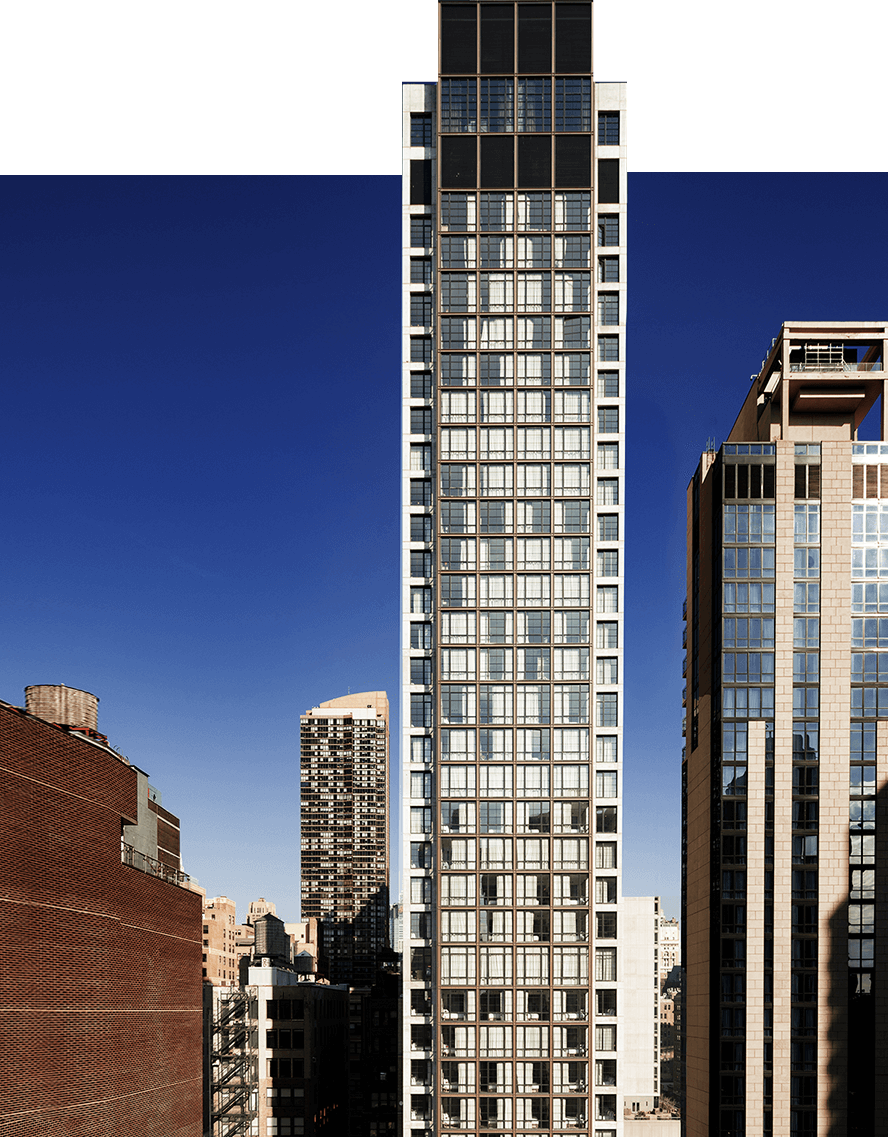The EB-5 Visa Program
“What does the flag mean? It is the flag just as much of the man who was naturalized yesterday as
of the man whose people have been here generations.”
– US Senator Henry Cabot Lodge
What is the EB-5 Visa Program?
The EB-5 Visa Program allows high-net-worth foreign
nationals and their families to obtain U.S. Green Cards
The EB-5 Immigrant Investor Program is administered by the United States Citizenship and Immigration Services (USCIS). By investing $800,000 in certain qualified projects that create jobs for U.S. workers, eligible foreign nationals and their families receive conditional Green Cards. After 2 years on a conditional Green Card, the foreign nationals and their families may become eligible for Permanent Residency.
What are the Benefits of the EB-5 Visa?
Freedom to study, work, and live in the U.S.
No additional requirements needed for you, your spouse, and unmarried children under the age of 21.
Fastest option
for getting U.S. permanent residence status.
May reduce tuition
for your children’s university education.
No outside sponsorship
needed by employer or school.
U.S citizenship
Investor and family may be eligible for citizenship five years after initial entry into the U.S.
What is the Process and Timeline?
Determine
Your Eligibility
1. Determine Your Eligibility
The $800,000 investment must be lawfully sourced. It is permissible for the entire investment to be a gift.
Due Diligence
on Project
2: Due Diligence on Project
Research the likelihood that the EB-5 project will both return your money and produce the jobs necessary to satisfy the Green Card conditions. As part of this consider:
Investment: are the sponsors' interests aligned with those of its investors? Look for a sponsor that has invested into the EB-5 project itself.
Institution: The EB-5 sponsor should demonstrate financial strength and have a consistent track record for completing projects. A strong credit rating can be a good indicator that the sponsor is secure and well managed.
Integration: It is important to understand how the sponsor, developer, and EB-5 investors are properly aligned.
Impact: The developer and EB-5 sponsor should provide strong economic impact analysis that confirms job creation requirements will be met.
I-526E Petition Filing
3: I-526 Petition Filing
The I-526E is the preliminary petition your immigration attorney will prepare. It includes the supporting documentation to demonstrate that the EB-5 investment was lawfully sourced. Lightstone has its own quality control program designed to make sure your application will conform to USCIS guidelines.
I-526E Approval
& Interview
4: I-526 Approval & Interview
USCIS processing times can vary. After your I-526E application is approved, you will work with your immigration attorney to schedule an interview at the local consulate to prepare to enter the U.S. If you are already in the U.S., you will work with your immigration attorney to adjust your visa status.
2-Year
Conditional
Green Card
5. 2-Year Conditional Green Card
Once you enter the U.S. or adjust your visa status, you may work, study, and live anywhere in the U.S. on a conditional Green Card. This stage is typically two years but may be extended if necessary.
I-829 Petition
Filing
6. I-829 Petition Filing
After you have lived in the U.S. for at least 2 years, your immigration attorney will file the I-829 petition. This filing is intended to make your Green Card permanent. It includes evidence demonstrating that your investment led to the creation of 10 jobs and that it remained “at risk” throughout the investment period. You are permitted to receive the return of your investment after this step.
Permanent
Green Card
7. Permanent Green Card
After your I-829 petition is approved, your Green Card becomes permanent. You need to renew your green card every 10 years before it expires unless you apply for citizenship. To become a citizen you must show you have been a lawfully admitted permanent resident of the U.S. for at least five years. Citizenship is not mandatory.
What are the EB-5 Requirements?
- To obtain a Green Card, the EB-5 applicant must invest $800,000 that is used to create 10 jobs for U.S. workers.
- EB-5 investor must provide evidence that the funds used for his EB-5 investments were lawfully sourced.
- The EB-5 Investment must be “at-risk” similar to a stock or bond investment, for the full investment horizon.
- About 95% of EB-5 applicants choose to invest passively through Regional Centers which enjoy broad flexibility from USCIS on certain criteria.


